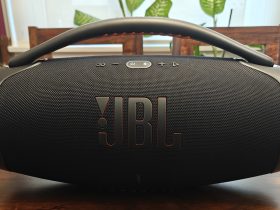The Google I/O Developer conference takes place every year, serving as an event where Google makes some of its biggest announcements. This year, the company revealed a number of advancements, including new products coming this summer, fall, and into 2023 and beyond.
Here are the top announcements from the event, including new and upcoming hardware as well as some compelling new software features.
Google Pixel 7 Smartphone
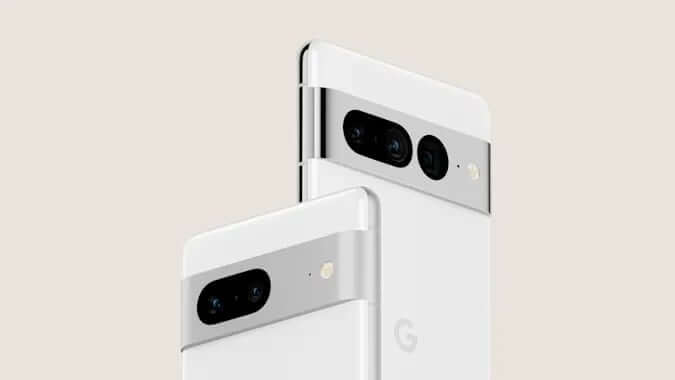
Google is prepping to launch its next-generation smartphones, the Google Pixel 7 and Pixel 7 Pro, which are both set to launch in the Fall. No pricing details have been revealed yet, but Google did tease what the devices will look like. This includes a frame made from recycled aluminum, different camera cutouts, and a revamped back panel design. We know the Pixel 7 will have two cameras and the Pro version will have 3. Both phones, meanwhile, will feature Google’s new Tensor chip, and will launch with Android 13, which will launch around the same time.
Google Pixel 6A Smartphone
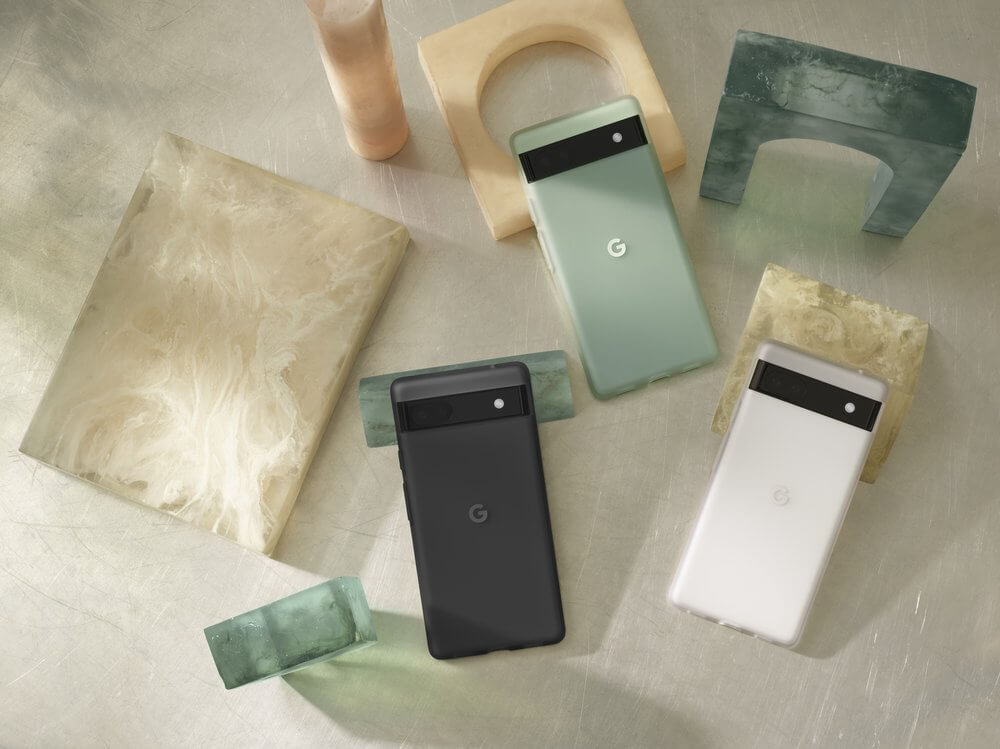
As Google’s new entry-level phone, the Pixel 6A will be available in the summer and sell for $599 in Canada. With a 6.1-inch screen, it features some notable downgrades from the Pixel 6, including a 12MP camera versus 50MP and a less powerful processor. But it will include Google’s Tensor AI chip.
Google Pixel Watch

It’s no surprise that, since purchasing Fitbit in 2021, Google would be working on its own branded smartwatch. Dubbed the Pixel Watch, it will run on Wear OS 3 but will also have Fitbit tech baked right in as well. Resembling a standard wristwatch with a round face, the bezel-less design makes it all screen at the front.
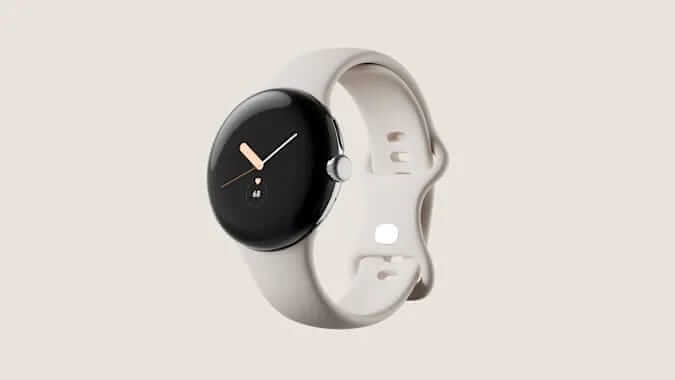
It also has a crown on the side for navigating through menus. Fans can expect the typical tracker features, including sleep tracking, mobile payments, and smart home device control as well.
Google Pixel Buds Pro

These are pretty obviously Google’s answer to the Apple AirPods Pro. Coming in at $259 – $70 cheaper than Apple’s pro-level buds ($50 cheaper in the U.S.) – they will include active noise cancellation (ANC), a custom audio chip, and Bluetooth multipoint support. A unique feature is called Silent Seal, which auto-adapts the buds to the wearer’s ears to ensure effective noise cancellation, but also monitors pressure in the ear canal so they remain comfortable. Running for up to seven hours per charge, Google will also reportedly be adding spatial audio and Android Find My Device compatibility sometime after launch, truly pitting them as worthy rivals to the Apple AirPods Pro. Plus, you’ll have some fun colour options from which to choose. The planned launch is July 21 for pre-orders after which they will be available stateside on July 28.
A Pixel Tablet
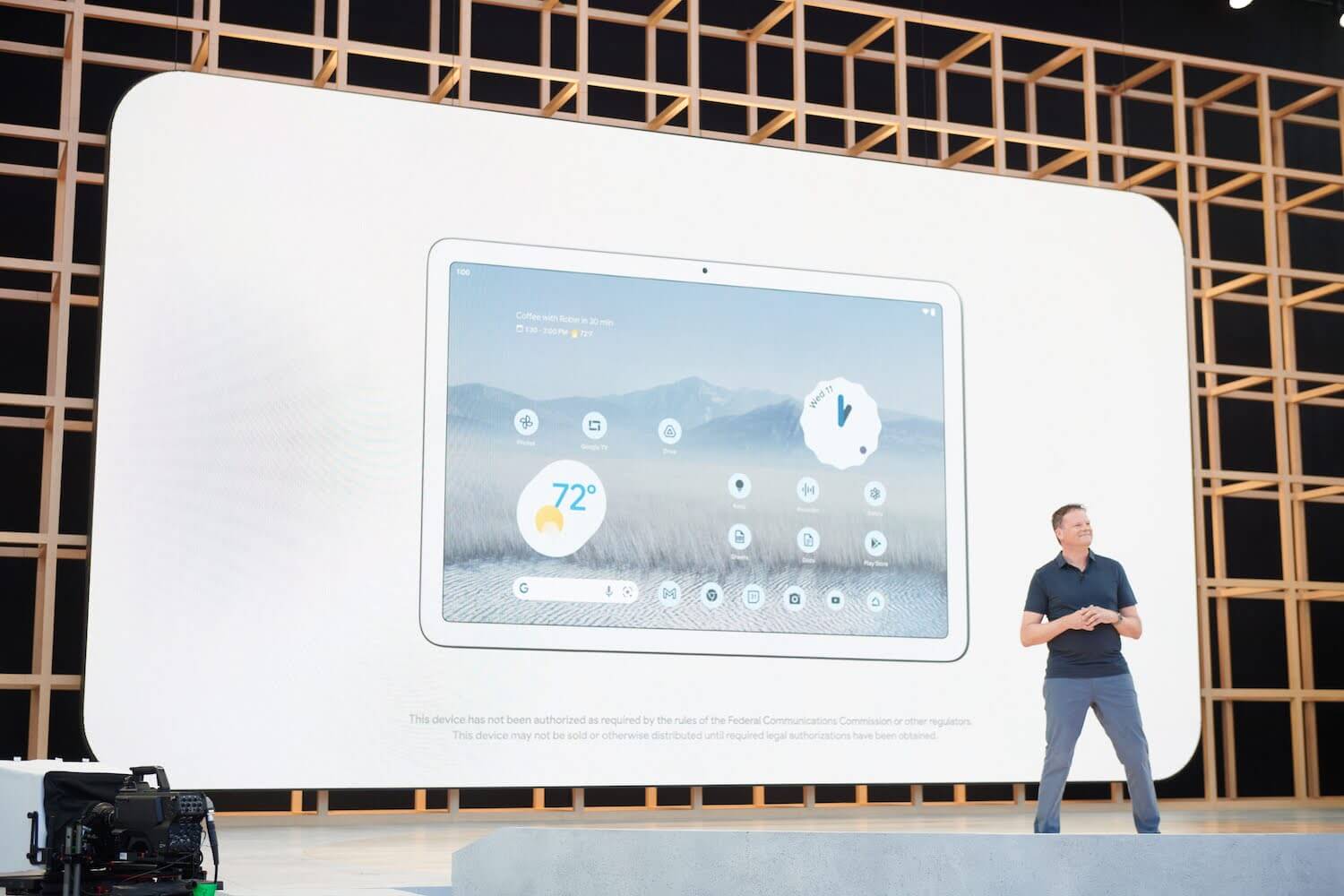
Presumable under the same Pixel sub-brand, Google announced plans to launch a tablet in 2023, only noting that it would function as a companion device to a Pixel phone, affording a larger screen when needed. It will also feature a Tensor chip to offer efficient processing and intelligent prioritization of activities.
AR Glasses
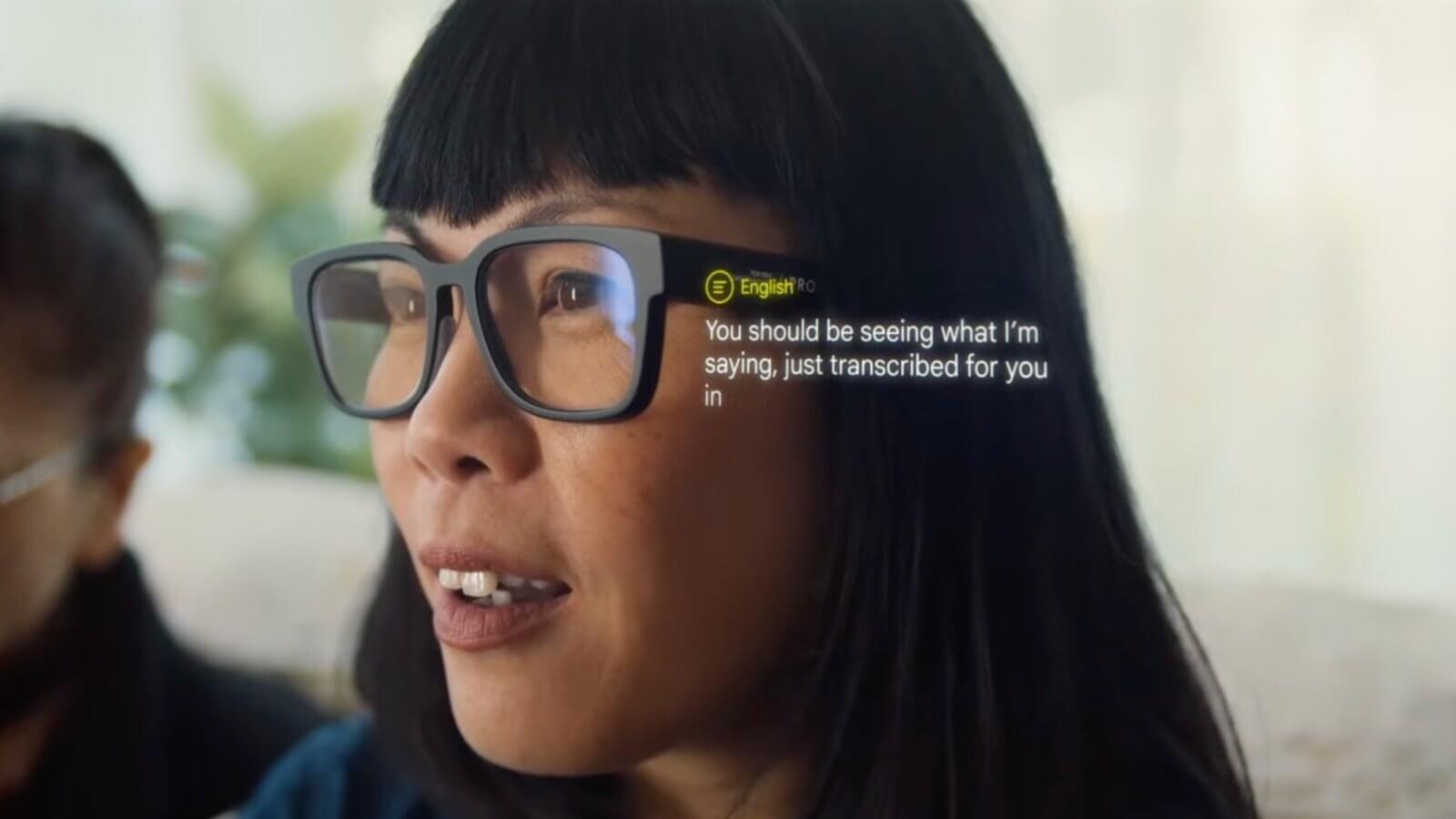
Not surprisingly, Google is continuing to play in the field of augmented reality with a planned pair of AR glasses. Google didn’t reveal much about them, only to demo how they would work when translating live conversations in real-time.
Google Wallet
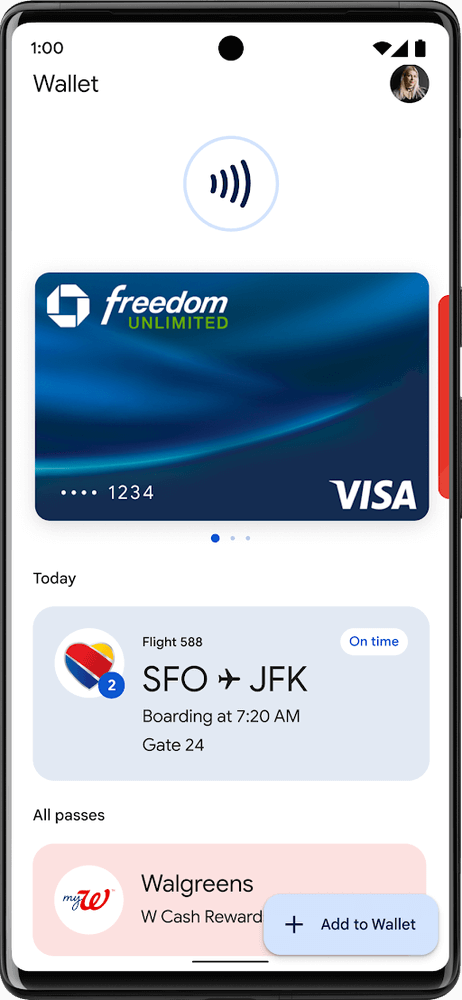
Mobile payments are becoming more and more common as people aim to leave their physical wallets at home, so it’s no surprise that Google is bringing back its Wallet feature, which will be part of Android 13. Much like Apple Wallet, it will be handy to store not only credit and debit cards but also events passes, rewards program memberships and points cards, vaccination records, and other compatible digital versions of access and payment cards.
Android 13 Beta
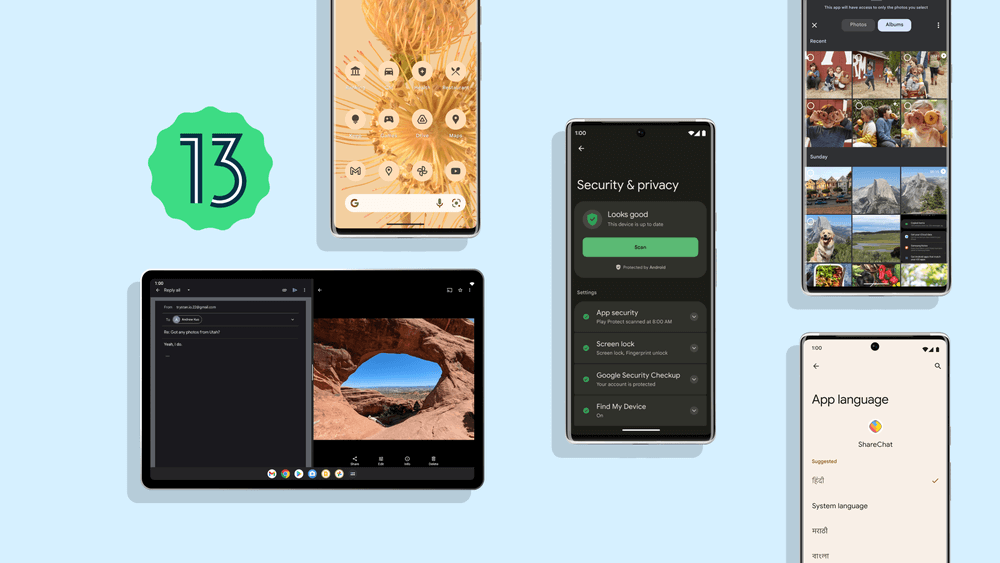
Android continues to revamp its mobile operating system with Android 13, which is now in Beta. It doesn’t include a ton of upgrades over Android 12, but there are some notable new features like Google Wallet, Now Playing notifications, and more refinements.
Google Assistant Upgrades
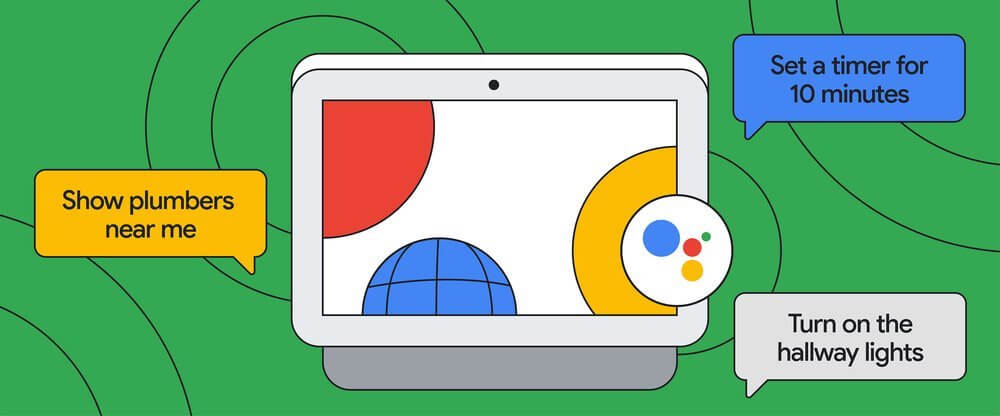
The Google Assistant voice assistant is becoming smarter. One of these ways is called Look and Talk, which means you’ll no longer need to say “Hey Google” to prompt the device to start listening, but simply look at the Nest Hub Max and speak your command. Available in the U.S. at first, the feature requires users to opt in to use it as well as to set up Face Match and Voice Match so it knows which member of the family it’s speaking to and can give personalized responses. The device uses more than 100 signals from the camera and microphone, including proximity, head orientation, gaze direction, lip movement, context awareness, and intent classification, to determine if you’re asking it a question or just standing nearby and having a conversation with someone else.
Quick Phrases are another new feature, allowing you to say some of your most common commands, like “turn on kitchen lights” or “set a timer for 20 minutes” without having to say “Hey Google” first. Again, this will require that you opt in and enable the feature, and set up Voice Match.
Google Assistant is also working to better understand more natural conversations, such as when you might use the word “um” in the middle of a sentence, pause to find the right words, or speak in a different manner from the usual. This is happening through more powerful speech and language models that are able to better understand the nuances of human speech. Bottom line: she won’t cut you off mid-request because you paused for a second to recall the full command. Much of this will rely on Google’s new Tensor chip.
Modified Personal Search Results

Have you ever Googled yourself? Admit it. We have all done it. Sometimes, the results that pop up on the first page might include personally identifiable information that you would rather keep private. Google is now offering new tools to allow you to control how you appear online to others, and to keep you secure. You can remove sensitive and personally identifiable information, like your phone number, e-mail address, or home address. You can also remove results that contain your contact information. If you find something you don’t want to appear in a search with your name, you can send a request to have it removed, then monitor the status of the request. Google says when it receives these requests, it will “evaluate all content on the web page to ensure that we’re not limiting the availability of other information that is broadly useful.” This might include content, for example, in news articles.

